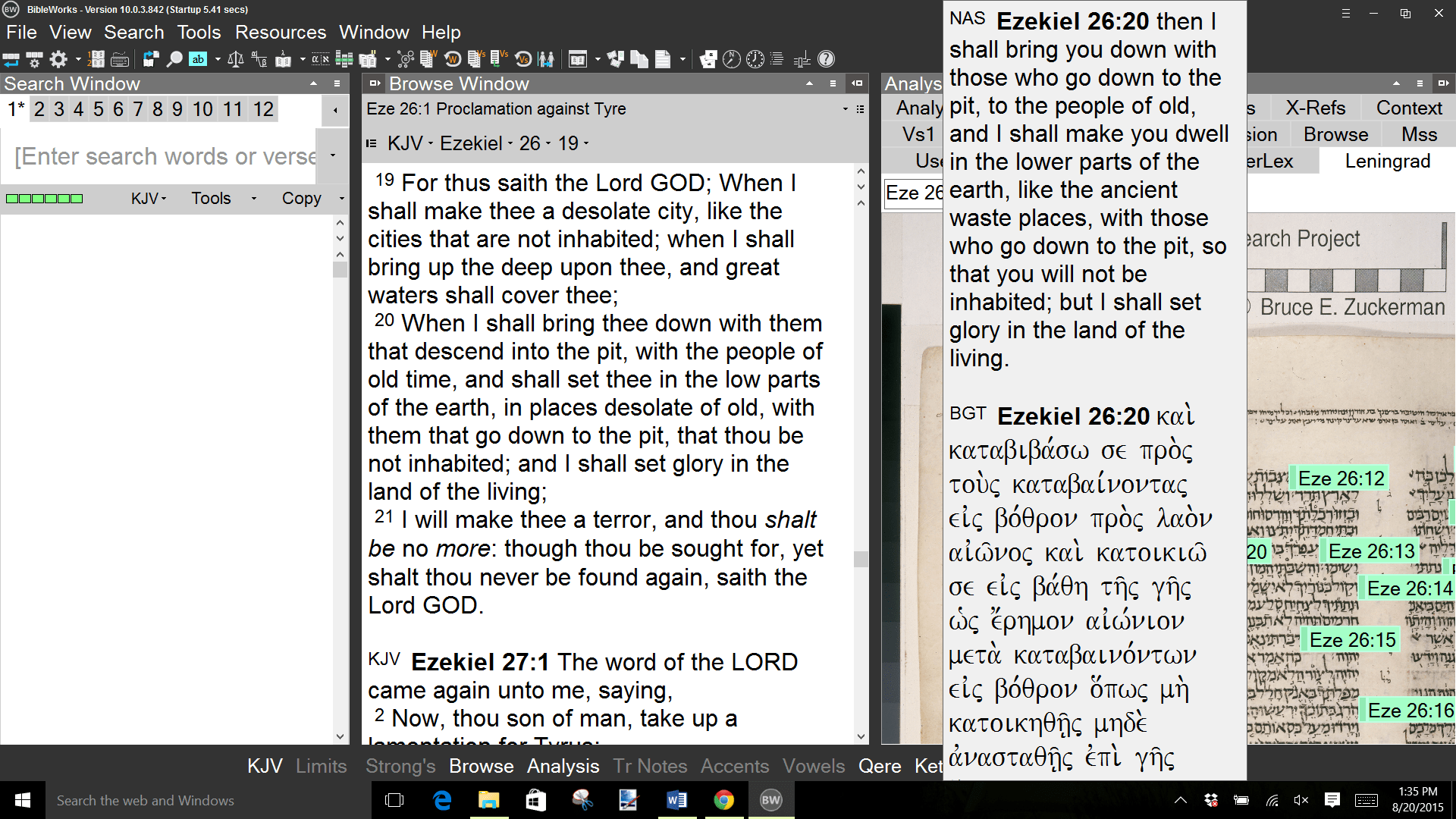
the editions used in most courses and cited in most commentaries, monographs, and articles. For this group, NA27 (and NA28, once it makes its way into Greek language and exegesis courses) will remain the standard for the foreseeable future.
In my estimation, most of the prospective buyers of these modules are highly educated and highly interested laypeople, graduate students, and scholars. J that an apparatus such as CNTTS would be a better initial purchase than NA27. However, I don't expect it to supersede BHS until it is complete, and that may be a few years away.Īlso, I would disagree with Dr. Although I don't own the BHQ module, based on what I've seen I would agree that it's a significant step forward. So, I wouldn't consider this feature a dealbreaker in terms of purchasing the module. However, as Abram has pointed out in his blog posts, the BHS Latin Key, which is included with many (if not all) Accordance packages, is a good workaround. It's true that the hypertexting of the Latin phrases in BHS is not as helpful for those who don't know Latin. I have used the CNTTS apparatus in BibleWorks, and it is pretty thorough. J" about going for the CNTTS apparatus, for example, over NA27. To James's point, I just found this interesting suggestion from "Dr. In some ways, the apparatus is the most important thing, though, and I do like the thought of not having to look up which century which manuscript dates from, assuming NA27 helps in that regard? That is why I haven't yet purchased them, since I would still need to refer to the print edition to get everything the print edition has. With as much as Accordance did with the BHQ module (it's extremely well done), I wish they could have included more cross-references, marginalia, front/back matter in NA27 and UBS4.
BIBLEWORKS 10 NA28 APPARATUS FULL
With the BHS, moving the cursor over the abbreviations in the apparatus (as you know) just shows you the full Latin word that the abbreviation stands for. If you're planning to do any serious work with the text of the Bible in the original languages, then they should be among the first modules that you buy. I own the apparatuses for BHS, LXX, UBS, and NA27, and I use them every day. Dont't remember which symbol refers to which ancient version of the Hebrew Bible? Don't remember the contents and date of a rarely cited minuscule manuscript? Look in the instant details box.Īlso, if you use textual criticism in your teaching or peer-reviewed research, owning the apparatuses makes it much easier to prepare papers or handouts that incorporate their information.

In print editions these differences could easily become overwhelming, but with Accordance, most questions can be resolved by hovering the cursor over the symbol in question and reading the information in the instant details box.

For example, the Biblia Hebraica Stuttgartensia uses a number of Latin abbreviations, most of which do not appear in either of the editions of the Greek New Testament the Nestle-Aland edition's sigla for the different types of textual variations is much more complex than those used in any of the other editions the large amount of manuscript evidence for the New Testament has led to a situation in which dozens of manuscript symbols must be understood in order to use the relevant apparatuses effectively etc. The systems of notation in the apparatuses of the major editions of the Hebrew Bible, Septuagint, and New Testament (the Biblia Hebraica Stuttgartensia the Rahlfs-Hanhart edition of the Septuaginta and the United Bible Societies and Nestle-Aland editions of the Greek New Testament) differ from one another in a number of ways, some major, some minor. In my opinion, another vital element of the apparatuses is the addition of hypertexting, both for the sigla and the designations of the manuscripts. In addition to its raw power, Accordance reduces the number of large volumes that I need to carry around in order to do scholarly work wherever I happen to be. Michael's observations are excellent, particularly regarding portability (which seems obvious, but is occasionally overlooked).


 0 kommentar(er)
0 kommentar(er)
